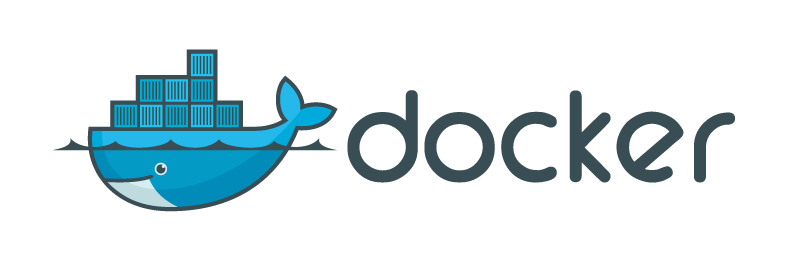Month: February 2016
Jenkbird – Wrap up & seeing the bigger picture – Part 5
Kchhhhhh, Kchhhhhh, Kchhhhhhh… – Ernie on companies without CI Hello internet and welcome to the last part of our tutorial series about Continuous Integration, Code Deployment and Automated Testing with Jenkins. If you arrived at this post and have read all the others we are very proud of you, hope you enjoyed the journey and learned something…
Jenkbird – Quality & Testing – Part 4
Love and testing can be cruel. – Bert on the difficulties in life Quality and Testing – one of the most discussed and valuable topics software engineering has to offer. This blog post will cover all the relevant stuff related to quality and testing in regard to Continuous Integration and Jenkins. We will show you in detail, how you…
Jenkbird – Building jobs with Jenkins and Github – Part 3
Me want Deployment Pipeline. – Cookie Monster In this blog post we will show you, how to set up your first job using Jenkins CI and Github. We will guide you through every single step of the process – including all rookie mistakes we made. Without further ado, let’s begin.
Jenkbird – The art of deployment – Part 2
One stage. Two stages. THREE STAGES FOR DEPLOYMENT! — Count von Count on his deployment pipeline Hi, it’s us again, the guys with the strange idea of using Sesame Street characters in a blog series about CI. Since we didn’t really cover the reasons, why you should use CD / CI, we want to catch…

More docker = more power? – Part 4: Problems arise
Now, it’s finally time to start our first load test. We will be using ApacheBench. To install it simply enter apt-get install apache2-utils. To load test your website enter ab -n 200 -c 50 <URL_to_your_page> This command runs 200 requests, with a maximum of 50 at the same time. The results are then displayed in…

More docker = more power? – Part 3: Setting up the loadbalancer
To benefit from using a loadbalancer we need several machines to distribute the traffic on, evidently. Thanks to Docker we simply run docker run -d -p 81:80 testwebsite:1 to get a second machine. This time the container port of the webserver is mapped to port 81. If you now visit <IP OF YOUR VM>:81 you…

You must be logged in to post a comment.